Aiming High in Computing
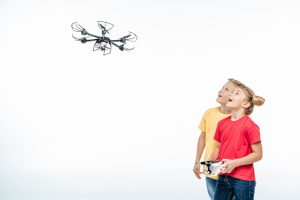
Aim High in Primary Computing
Using drones in schools has the potential to take learning, literally, to a higher level. As they continue to become increasingly practical, attainable, tools for education, teachers around the world are now using drones in their classrooms for STEM and STEAM activities.
In computing, programming drones helps develop children’s skills in algorithms, programming and computational thinking as well as addressing the ‘controlling physical systems’ objectives of the National Curriculum for Computing at Key Stage 2. Exciting curricula and drone lesson plans are being developed that help teachers develop confidence and make the most out of connected devices.
Drones are revolutionising business and industry: engineers use the technology for site surveys, filmmakers capture images that would otherwise be unseen, drones are used in agriculture; farming; conservation; military operations and parcel deliveries. The potential for the application of drones and the rapid growth in the technology is huge. Understanding how they work, their potential and how to control them through coding prepares children for the modern working world.
iCompute lead the way in teaching and learning using educational technology. In anticipation of 3D robotics becoming the next big thing in education, we have extended our connected devices offering of comprehensive, step-by-step lesson plans, computing resources and assessment toolkits using Sphero and LEGO™ WeDo by adding an amazing, creative, 6-8 week coding with drones unit aimed at upper KS2 Computing (pupils aged 9-11 or higher).
Children learn how to program mini drones to fly, create aerial shapes, navigate obstacles, fire ‘missiles’, pick up and drop objects all set in imaginative contexts. They program Santa’s ‘sleigh’ to deliver presents before going on an epic journey to a Galaxy Far, Far Away to take out the Death Star for the Rebel Alliance!
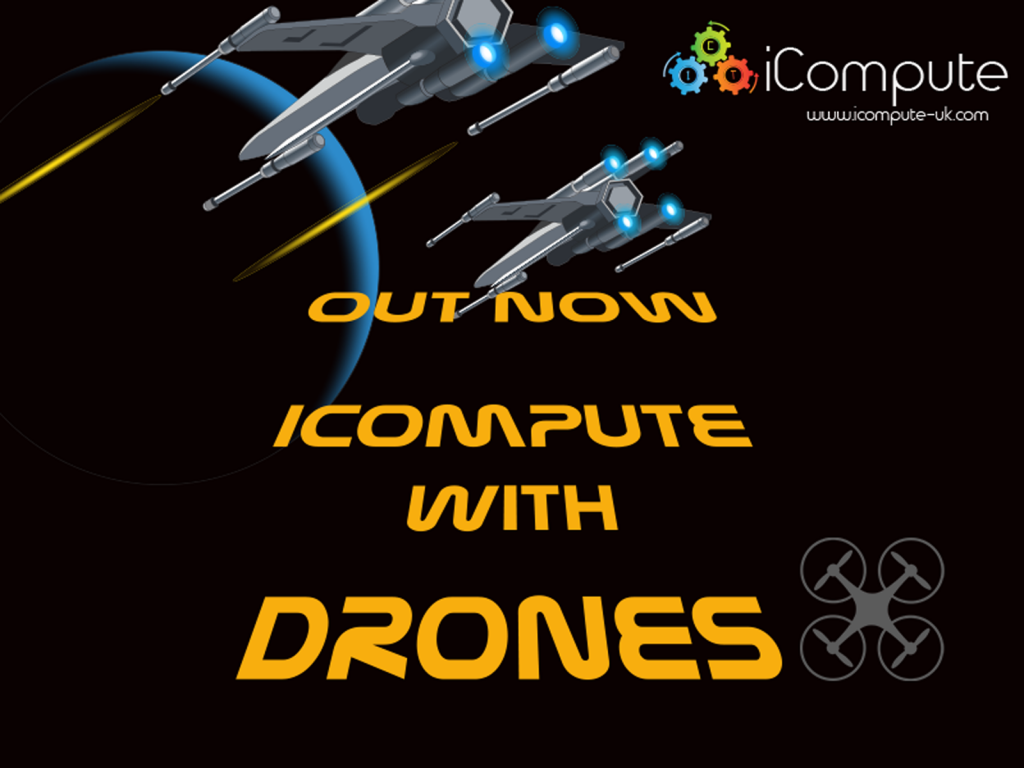
The Force is Strong with This One…Visit our website to unleash your power!
We have a limited number of class packs of Parrot Mini Drones available to purchase at iCompute. Visit www.icompute-uk.com/purchase/purchase-2.html to find out more.




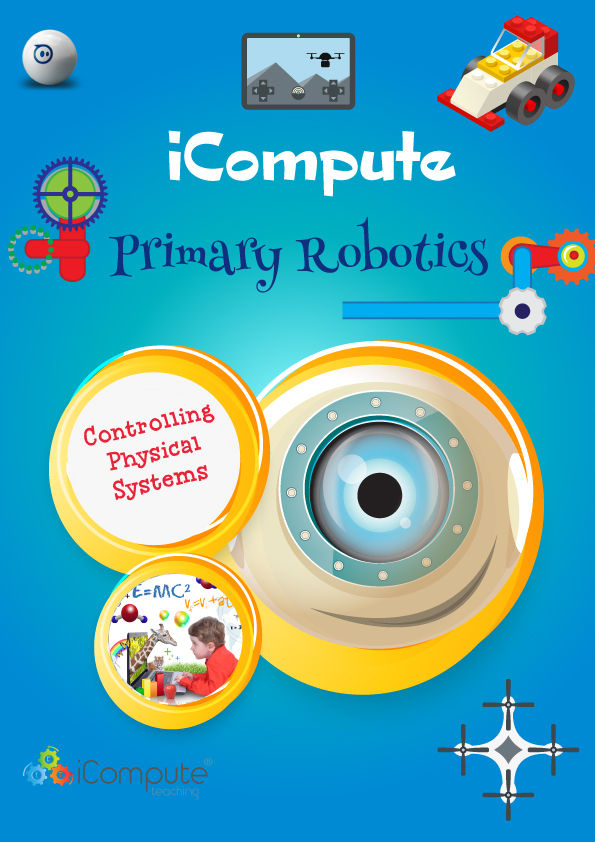
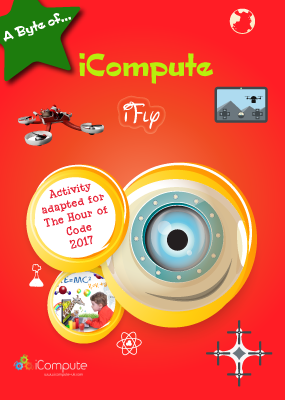
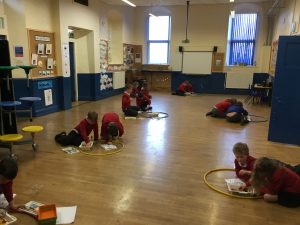
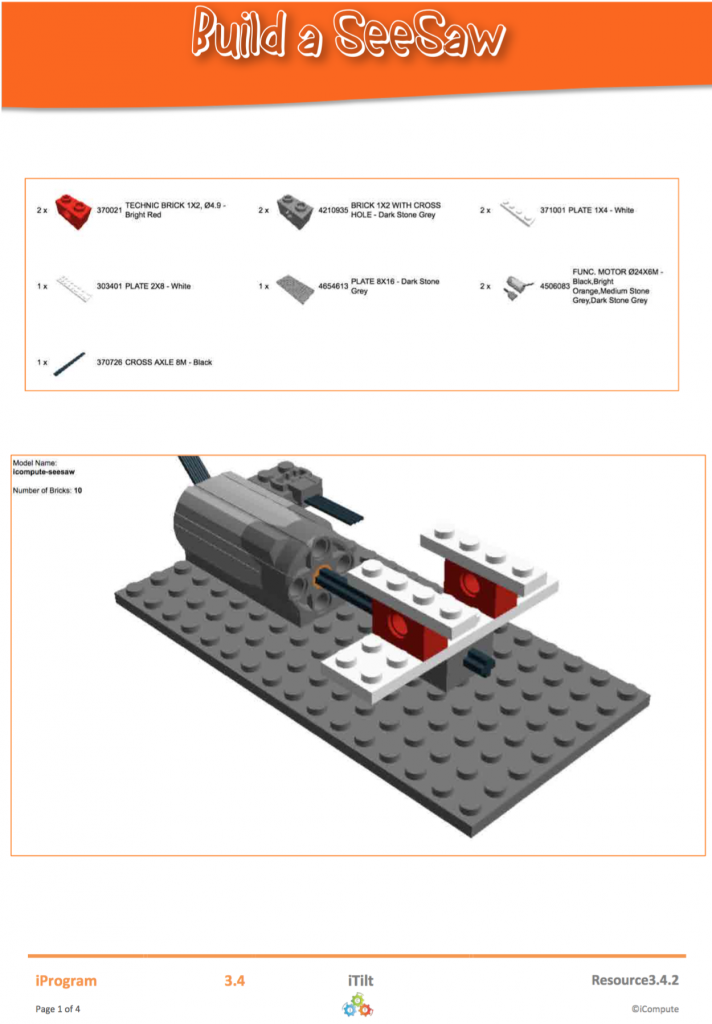
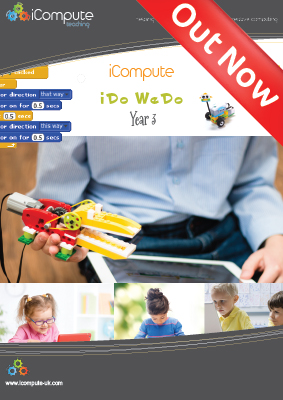 This week sees the launch of
This week sees the launch of